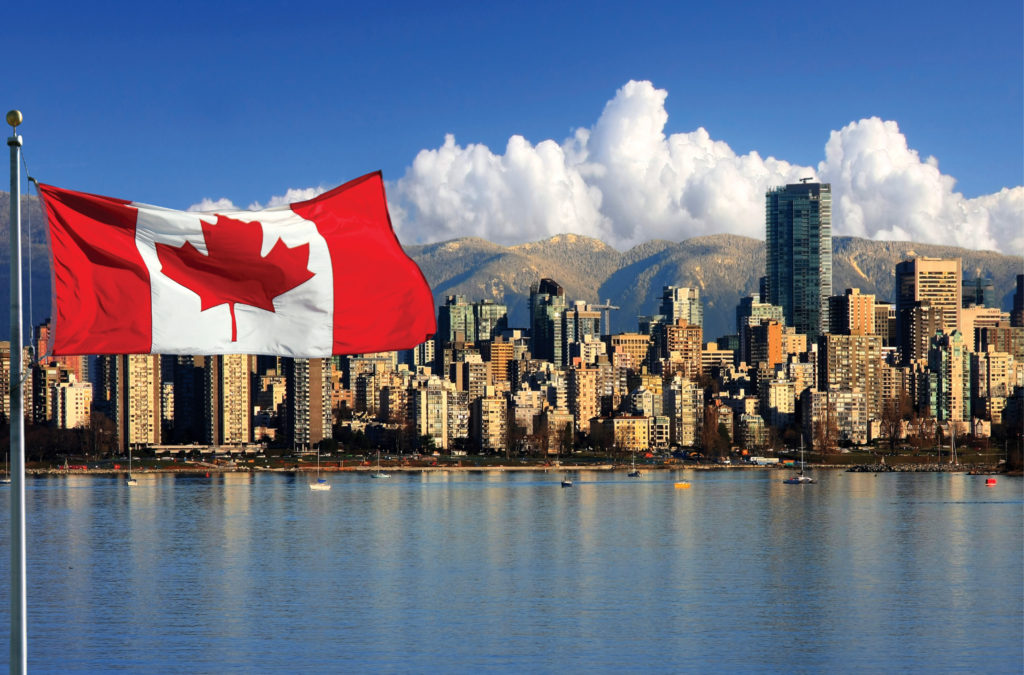Canadian voters have been in a rather rebellious mood since the early 2010s when voters in Saskatchewan ousted the long-ruling and progressive New Democratic Party (NDP) to bring in the home-grown Saskatchewan Party – an amalgamation of progressive conservatives (what’s in a name) and liberals. Not to be outdone, next-door Alberta – ever contrarian – in 2015 went the opposite direction. Here, voters sent home the progressive conservatives which had exercised a monopoly – or stranglehold – on provincial politics since 1971. The leftist NDP, until recently an electoral midget, was swept into power claiming 54 of the provincial legislative assembly’s 87 seats.
Saskatchewan turning light blue and Alberta donning red heralded the arrival of a new era in Canadian politics, turning established wisdom on its head and paving the way for change at the top. Voters did not disappoint: tired of the incessant whining of Mr Harper and his entourage of doomsayers, Canadians awarded Trudeau’s Liberals 184 out of the 338 seats of the federal parliament seated in Ottawa. Mr Harper’s Conservatives lost 60 seats while the NDP returns with 51 less members of parliament.
Just 44, Justin Trudeau became Canada’s 23rd prime minister with a platform centred on youthful optimism: “We beat fear with hope, we beat cynicism with hard work. Most of all we defeated the idea that Canadians should be satisfied with less.” The new government has set an ambitious agenda of tax reform, increased infrastructure spending, greening the economy, and reasserting Canada’s position as a global beacon of hope.
During the successive governments of Stephen Harper – a man burdened with the charisma of a robot – Canada became inward looking as the country allowed its foreign policy agenda to be largely set by Washington. Those days are over as Prime Minister Trudeau seems determined to plot a course that has – as of old – humanitarianism at its core. Last December, the nation welcomed the first of 25,000 refugees from the war in Syria with a deeply touching display of care and concern. The prime minister assured the newcomers in person that they would be safe and had, at long last, arrived home.
While part of the international coalition fighting ISIS mostly from the air, Justin Trudeau’s Canada is also determined to undermine the caliphate in non-combative ways by putting on an outsized display of compassion for the civilians caught in the crossfire. Sharp-witted, always ready with a smile, an alumnus of McGill University (Canada’s Harvard), adorned with tattoos, and oozing charisma, Justin Trudeau has not only taken Canadian politics by storm but also reignited the world’s interest in this vast landmass hemmed in between the melting Arctic and the world’s last remaining superpower.

“I’m a world leader now so I need to solve the Middle East, basically,” quipped the young prime minister – half joking, half caustic – when asked to detail his vision on the future of Syria. “Obviously military action alone is not going to solve the civil war and it isn’t going to defeat ISIS. We need to understand that military action is a necessary part of it because it’s a terrible organization that’s killing and putting lives at risk every single day and oppressing people in the region and causing terrorism elsewhere in the world.” In other word, no policy other than to do good has yet been formulated.
Canada’s new boy-king may be forgiven for taking some time to gather his thoughts and receive proper input on how to distinguish his country’s approach to the Middle East from that of its neighbour to the south.
Traditionally a low-key participant – and non-issue – at Davos Summit meets, Canada and Canadians are not expected to kick up much snow when the World Economic Forum holds its flagship event this January. The upcoming Trans-Pacific Partnership which – if ratified by the 12 countries involved, will intensify trade amongst Pacific Rim nations – will command serious attention. The historic agreement was finalised in November, though some prominent analysts continue to cast doubt over whether or not the deal will even be ratified, let alone implemented.
Some of the seeds for that doubt were scattered months ago by presidential hopeful Hilary Clinton who once described the TPP as the gold standard of trade agreements. However, as she became a serious contender for the upcoming vacancy at the White House, Mrs Clinton publicly changed her tune on the TPP, fearful of losing the support of trade unions – much less powerful today, but still a force to be reckoned with.
The United Automobile Workers Union (UAW), for example, is concerned about tariff reductions that could further increase the already sizeable market share of imported cars. Politically, Mrs Clinton needs the guaranteed votes the UAW can deliver. However, as an economist she recognises the tantalising benefits of the TPP. Under the current plan, each TPP member states must still pay tariffs on certain goods, but enjoy concessions on others. While the US could find itself being effectively penalised through its automotive industry, it will reap the benefits in other areas. In the short term, the US economy risks taking a small hit, but could win big in the long run. That’s when the UAW argues we’ll all be dead.
On the back of any discussion about TPP, Europe too will undoubtedly become a talking point. Many American economists will often measure their country’s success against that of its transatlantic counterparts but, at the moment, the feeling is that Europe is having the rub of the green.
Of course, any economic rivalry has always been considered friendly, but that’s an easy assumption to make when you also regard yourself as the perpetual winner in that situation – as America, quite mistakenly thinks it is, disregarding – conveniently – its gargantuan trade and current account deficits.
On several economic growth measures, EU member states are combining to deliver some enviable figures where the US is still trying to make up lost ground. Not since 2003/04 has GDP per capita growth in Europe outstripped the US, and that gap appears, on paper at least, to be widening.































